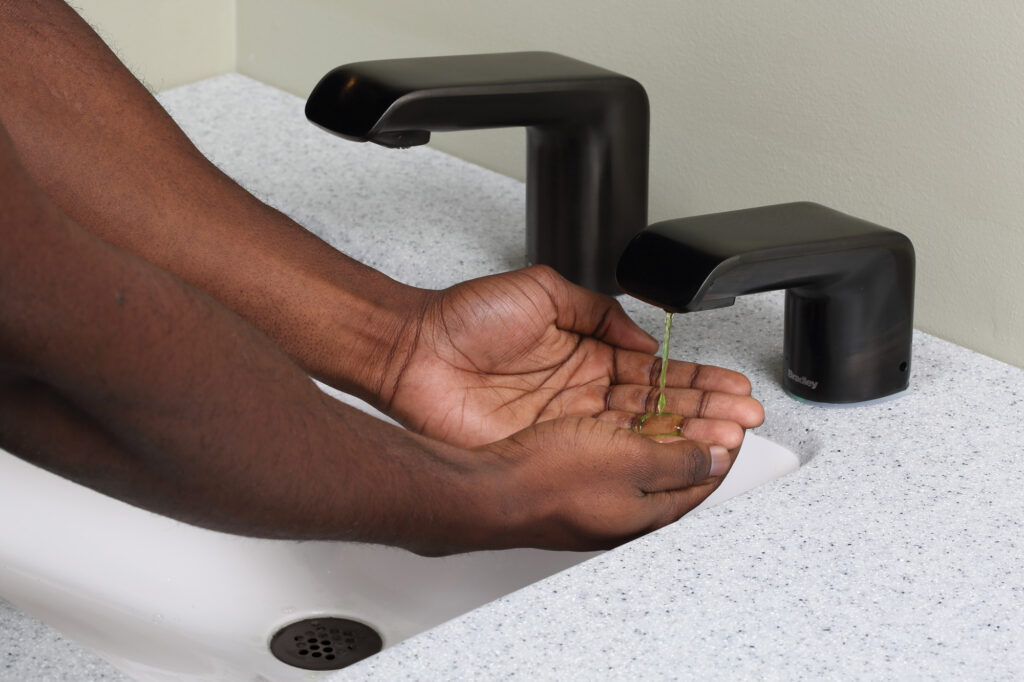Each year, Global Handwashing Day shines a spotlight on one of the simplest and most effective public health practices: washing hands with soap and water. Celebrated annually on Oct. 15, this worldwide event reminds people that consistent hand hygiene is critical to preventing the spread of infectious diseases and protecting community health. For facilities managers, the event also highlights the importance of maintaining clean, well-stocked restrooms.

According to the Global Handwashing Partnership, regular handwashing at key times—such as after using the restroom, before preparing food, or after caring for someone who is ill—can cut diarrheal disease nearly in half and reduce acute respiratory infections by almost a quarter. These benefits are especially important in protecting children under five, who are most vulnerable to preventable illnesses caused by unsafe hygiene practices.
Why Handwashing Matters More Than Ever
Medical experts emphasize that soap and water remain the gold standard for reducing the spread of germs that cause illnesses such as influenza and other common viruses. But when it comes to norovirus—one of the most contagious stomach bugs—handwashing is the only effective defense. Unlike alcohol-based hand sanitizers, which do not work against norovirus, vigorous washing with soap and water for at least 20 seconds provides the friction and rinsing action needed to dislodge and flush away viral particles.
“Handwashing, using soap and warm water, is an easy and effective way to reduce the spread of disease-causing organisms like norovirus,” said Michael P. McCann, Ph.D., a medical microbiologist and professor emeritus at Saint Joseph’s University. “Given the ease with which some of these organisms can be spread on solid surfaces, in food, and by other means, handwashing is something that everyone should do after activities like using the restroom.”
What Bradley’s Healthy Handwashing Survey Reveals
For 16 years, Bradley Company’s Healthy Handwashing Survey has tracked Americans’ hand hygiene behaviors and attitudes. Findings from the 2025 survey reinforce both progress and challenges:
- Americans value handwashing: 93% say it is important to maintaining their health.
- Most wash after restroom use, but lapses remain: 81% always wash their hands after using a public restroom.
- Soap use isn’t universal: While lathering is best, 45% admit to sometimes rinsing with only water—with men more likely than women to skip the soap.
- Gender differences are clear: 85% of women report always washing their hands in public restrooms, compared with 77% of men. Women also take extra precautions to avoid germs, such as using paper towels to touch restroom surfaces.
- Clean facilities matter: 84% say that an unkempt restroom negatively impacts their perception of a business, underscoring the importance of well-stocked, hygienic facilities that support handwashing.
A Call to Action for Global Handwashing Day
“This year’s theme, Clean Hands Are Within Reach, reinforces that handwashing is both a personal responsibility and a global health priority,” said Jon Dommisse, vice president of business development and strategy for Bradley. “Our survey confirms that people believe in the importance of handwashing, but they also need clean, functional restrooms that make it easy to follow through. Global Handwashing Day serves as a reminder for individuals, families, schools, businesses, and public institutions to prioritize handwashing and make soap and water available.”
